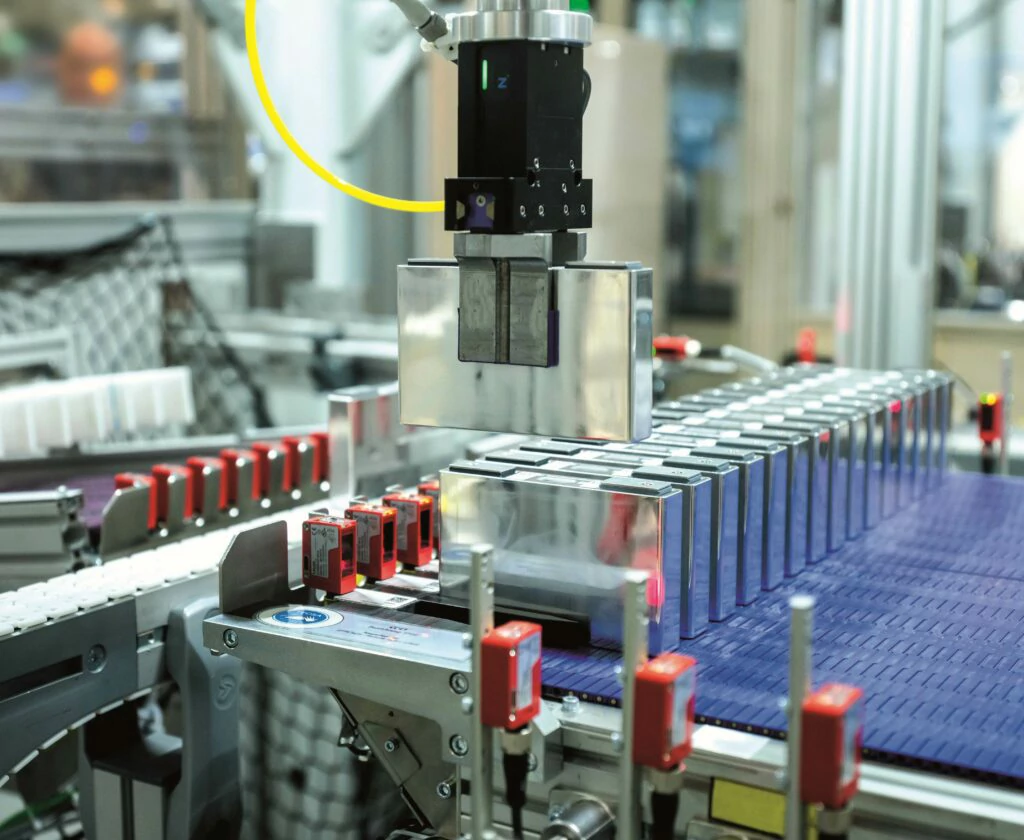baking Moisture has the greatest impact on the performance of...
Introduction to the battery pack housing
The battery pack housing is an indispensable key component in the battery pack. It not only provides protection and support for the battery unit, but also plays an important role in the performance, safety and durability of the battery. With the continuous progress of new energy technology and the expansion of application scenarios such as electric vehicles and energy storage systems, the design requirements of battery pack housing have also increased. This article will provide a comprehensive introduction to battery pack housing, including its functions, materials, design considerations, and the latest development trends.
The main functions of the battery pack housing include: protecting the internal battery from moisture, dust and physical impact, providing structural support to ensure stability, helping to dissipate heat to maintain appropriate operating temperatures, providing safety protection against fire and explosion, and incorporating installation structures and connection ports to facilitate integration with other system components.

Plastic materials
such as polypropylene (PP), polyurethane (PU) and polycarbonate (PC), etc. These materials have good insulation, corrosion resistance and toughness, which are suitable for lightweight design.

Metal materials
Metal materials such as aluminum alloy and stainless steel are widely used in the housing of high-performance battery packs because of their excellent strength and heat dissipation performance. The metal shell can provide better impact resistance and heat dissipation efficiency.

Composite
This material usually combines the advantages of plastic and metal to provide sufficient strength while maintaining a light weight, suitable for some high-end applications.
Design considerations
There are several key factors to consider when designing a battery pack housing:
Tightness: The sealed design of the housing can prevent moisture and dust from invading, improving the reliability and safety of the battery pack. This is usually achieved through rubber seals or special structural designs.
Heat dissipation design: Heat dissipation channel or heat sink should be included in the design to improve the thermal management ability of the battery, effectively reduce the heat generated during operation, and avoid the impact on the performance of the battery.
Strength and DURABILITY: THE shell should have sufficient strength and impact resistance to prevent damage during transportation, installation and use.
Size and space layout: Proper size design and internal space layout are the key to ensure that the battery pack can be installed compastically and maintain good heat dissipation during use.
Standardization and modularization: As the market demand for battery packs is diversified, modular designs are becoming more and more popular to facilitate the combination and rapid replacement of different types of batteries.
the future development trend
With the development of science and technology and changes in market demand, the design and material of battery pack housing are also evolving. The main trends are as follows:
Intelligent monitoring: The future battery pack housing may integrate multiple sensors such as temperature and pressure to monitor the battery status in real time and exchange data with the management system wirelessly to improve safety.
Environmentally friendly materials: With the promotion of the concept of sustainable development, battery pack housing materials will be more and more inclined to use renewable or recyclable materials to reduce the burden on the environment.
Enhanced protection design: With the increase of battery energy density, the enclosure protection design will pay more attention to impact resistance, high temperature resistance, fire and explosion protection, aiming to improve the safety of the product in extreme conditions.
Personalized design: With the diversification of user needs, the battery pack shell will take more into account the personalized needs of consumers, and customize the design from appearance, function to size.
Conclusion
As an important part of the battery pack, the battery pack shell should not only have good protection and safety performance, but also achieve multiple functions such as heat dissipation and structural support. With the continuous development of new energy technology, the battery pack shell will continue to innovate in materials, design and technology to meet the needs of the future market. Understanding the function and development trend of battery pack housing is of great significance to improve the overall performance and safety of battery system.

Home energy storage product series
A lithium battery pack for home energy storage systems, which is compatible with solar panels and the sun The inverter can work together with the power grid to power household appliances, and it can also be used as a For off grid systems.
Extended reading
THE ESSC Brand promise
Global supply
Our products sell well all over the world, covering many countries and regions, through the global logistics network, to provide customers with convenient purchasing experience.
Rigorous quality
We adhere to the highest quality control standards to ensure every product meets industry regulations and customer expectations, earning trust through consistent excellence.
Excellent service
With a customer-centric approach, we provide prompt responses, professional support, and personalized services, aiming to deliver the best user experience and long-term value.


